Background
People-to-people relations are always pivotal for maintaining long-term bilateral relations between two countries. But such a relation gets new lease of life if it is backed by due understanding at the level of heads of government of two countries. This is true anywhere in the world, but it is more so with context to Nepal and India.
Relations at people-to-people level between the two countries have remained harmonious since time immemorial. But at times jerks have been experienced at the government-to-government level in the relations between the two countries to the great disadvantage of the people of the two countries.
In view of the proximity between Nepal and India, any development in Nepal would have far reaching implications in India and vice versa. Hence, it bestows greater responsibility to the heads of governments of Nepal and India for developing better understanding at the government-to-government level. Such an understanding might not only prove potential in opening new vistas of economic cooperation, but it might also remove distrust, if any, in the relations between the two countries. It is all the more necessary to develop due understanding at the government-to-government level between the two countries as Nepal is constrained by political logjam and there is growing influence of foreign forces in the country.
Unique relation
No two countries in the world is bound as much by cultural, religious, geo-economic, political and strategic ties as Nepal and India. Therefore, people in India regard the Nepalese as closest to them and so is the attitude of people of Nepal towards the Indian people. Such people-to-people relation is unique, which is also made possible through the open border system for the people of one country to the other. Thousands of Nepalese and Indians marry each other taking advantage of the open border regime. Millions of Nepalese benefit from employment opportunities across the border in India. Many Indians also work in Nepal. Each day, the Nepalese go for shopping in India and the Indians come to Nepal. This uniqueness in relations between the two countries has really made the Nepal-India border as borderless.
It is this unique relation between Nepal and India that gave way to 1950 Treaty of Peace and Friendship. Security interests of the two countries were locked through this Treaty. Each country made commitment for taking joint initiative in case there was external threat to any of them. Perhaps, this bound of common security made the Nepalese Prime Minister Martika Prasad Koirala to publicly announce in 1950s that the defence of India was the defence of Nepal. Equally, true is the fact that the defence of Nepal is the defence of India.
No less remarkable are the views expressed by the Nepalese Prime Minister K.I. Singh on Nepal-India relations. A foreign journalist asked him, “Why is it that the Nepalese value India so high when the Western countries and multilateral institutions pour so much money in Nepal in the form of foreign aid?” In his reply, Singh asked, “Why is it that Sita, the daughter of Nepal, had none else than Ram, son of India, to marry? Why is it that Ram had no one else other than Sita to marry?”
For the purity of one’s household chores or religious activities in Nepal, it is unavoidable to sprinkle Gangajal i.e. the holy water of the Ganga river flowing through the Indian territory. No ritual is possible from birth to the death in this country without gangajal. Even the ashes of dead bodies in Nepal have to be emerged into the Ganga. Souls of the ancestors in this country rest in peace until certain rituals are performed in Gaya in India. People in Nepal have as much faith in Kashi, Ayodhya, Mathura, Vrindavan, Balaju or Rameshwar in India as the people in India have in Janakpur (the birthplace of Sita), Pashupatinath and Muktinath in Nepal.
Long Gap in Visit by Indian Prime Minister
However, it is a pity that there has been a long gap in high-level visit of Indian Prime Minister to Nepal. For nearly 15 years, no Indian Prime Minister visited Nepal. I.K. Gujral was the last Prime Minister of India to visit Nepal. Of course, Atal Bihari Vajpayee visited Nepal in January 2002, but the purpose of his visit to Nepal at that time was merely to participate in 11th SAARC summit.
Turbulence in Nepal
Coincidently, the last 15 years has been the most turbulent period in Nepal’s history. Official records show that 17,828 people were killed during the Communist Party of Nepal (Maoist) lead People’s war between 1996 and 2006.1There was colossal loss of property and widespread destruction of government schools, offices, roads and other infrastructural facilities in the country during that time.
Following the historical Peace Accord between the government and the Maoists in 2006, the 239-year old monarchical institution collapsed in 2008. But even after six years of signing of the Peace Accord, the Maoist combatants are only partially laid off under the voluntary retirement scheme. The law and order situation in the country is still in fragile state. Armed groups have proliferated, particularly in the Terai region of Nepal. Most of the industries are closed on account of growing labour militancy, political instability, strikes, bandh, inadequate supply of power and raw materials. Forced donations and abductions have plagued the entire society. Because of the lack of employment opportunities at home, the number of youth fleeing the country for overseas employment (countries other than India) formed 600 per day until 2010, which more than doubled to 1,500 in 2011-12.
Nepal’s Challenges
The greatest challenge that Nepal is facing today is the failure of the Constituent Assembly to draft the constitution. As it is well known, the elections for 601-member Constituent Assembly were held in 2008 to make constitution within two years. Yet the there is no substantial progress in constitution making despite the fact that the tenure of the Constituent Assembly was extended several times in last two years. If the Constituent Assembly is not able to make constitution until May 27, 2012 when perhaps its final tenure expires, it would be a great set back to political stability in Nepal.
According to World Development Report 2012, Nepal’s per capita income is as low as $490. Even in Nepal's neighborhood, the per capita income in India is $1,340 – almost three times more than what Nepal does have. In 2010, Bangladesh’s per capita income was $640, Pakistan’s per capita income was $1,050 and Sri Lanka’s per capita income was $2,290.2
Nepal recorded economic growth rate of 2.7 per cent in 2009-10; whereas during that period India’s rate of economic growth was 8.3 per cent and China’s rate of economic growth was 9.9 per cent.
Though many of the schools, colleges and universities have been opened in Nepal, the quality of the academic institutions is often questioned. They do not meet the expectations of the students. So there is a tendency on the part of many of the students to pursue education in countries outside Nepal. However, certain country/countries admit Nepalese students not for imparting quality education but for other political interests.
Issues of Concern between Nepal and India
Even after more than one-and-half decade of the signing of 6000 MW Mahakali Treaty between Nepal and India in 1996, it has not been implemented. So much so that even the hydropower projects with Indian investments, including the GMR Group working on 900 MW Upper Karnali and Upper Marshyangdi has been targeted despite the fact that the nation is finding acute load shedding of 14 hours a day. At the moment, Nepal produces power to the extent of 692 MW in the summer season against the demand for 860 MW. In the winter, the country produces only 393 MW of power when the demand is 588 MW.3
Some other joint venture projects between Nepal and India, including Dabur Nepal and Surya Nepal have also been targeted. For last several years, no new joint venture project has come from India to Nepal. Even those joint ventures which are in operation in Nepal increasingly feel insecure. Unfortunately, the investment climate in Nepal could not improve despite the fact that Bilateral Investment Promotion and Protection Agreement (BIPPA) aimed at protecting investment was duly signed between Nepal and India on October 21, 2011
The shortage of Indian currency (IC) has seriously affected trade and increased hardships to the common people, travelers and consumers all along the Nepalese-Indian border. In 2008-09, Nepal sold $1.5 million to buy IC amounting to Rs. 73.4 billion. 4 Furthermore, Nepal Rastra Bank sold $2.7 million in 2010-11 to buy IC worth Rs. 123.8 billion. In view of the shortage of IC, the Nepalese bankers have asked Nepal Rastra Bank, the central bank of Nepal, to allow them to purchase IC either directly from the market in Nepal or from across the border in India. The IC is in short supply in Nepal partly due to the trade deficit with India and partly for its demand to finance illegal imports mainly in the form of gold. Nepal Rastra Bank directive allows banks to exchange IC up to IRs. 25,000 in a day or up to IRs. 200,000 in a month. But it hardly complies this directive.5
Nepal’s trade deficit with India almost doubled from Rs. 121 billion in 2008-09 to Rs. 218 billion in 2010-11. The country imports goods worth Rs. 261 billion from India against its exports of Rs. 43 billion to that country.
Of particular concern are the growing cases of duplication of popular Indian trademarks by some unscrupulous elements in Nepal. This not only harmed Indian interest but also harmed the interests of Nepalese consumers. The Nepalese consumers have had to compromise with the quality of such products, which is detrimental to their health. Cases of duplication of popular trademarks of India by the local Nepalese companies are found in all such areas as the soap, detergent, shampoo, adhesive, T.V. sets, hair oil, cosmetics, powder, stationery, toilet paper, furniture, textile and garment, footwear, vegetable ghee, oil, razor, incense, medicines, toothbrush, battery, fan, electric bulb, pressure cooker, tobacco, chocolate, saving cream, alcohol, Gutkha, spices, Pan Masala, biscuits, rice, atta, etc. Such activities also create negative environment for investment in Nepal.
Quite often, the cases of smuggling of fake Indian Currency Notes through the Nepalese territory to India are published in the media, which by all accounts is counter-productive and against the interests of both the countries. There are reports that about Rs. 20 crore worth of fake Indian currency is smuggled through the Nepalese territory to India each year.6
Development of Nepal-India border region is neglected all through the history, though it is of crucial interest to the growth of the two countries. Because of the British legacy to keep this region underdeveloped, very little could be done by the Indian government even after its independence for the growth of the region. In Nepal, too, the rulers have been reluctant in developing the peripheral border region of the Terai for their own vested interests.
In the pretext of launching development work, there are NGOs, INGOs and foreign missionaries that have been luring mostly the weaker sections of the population in Nepal for religious conversion. If they are not tamed, it is likely that more than half of Nepal’s total population would be converted into alien faith in next 20 years. Such activities could have far reaching implications on Nepal-India relations in the long-term perspective.
Besides, certain groups of people in Nepal suffer from the notion of ‘small country’ syndrome vis-à-vis India. They do not want to have any positive deal with India – be it in water resources or other sectors. These are the people who target infrastructural facilities, including hydro-power projects in Nepal, even at the cost of plunging the country in dark. The government has no control on elements who want to make the country hostage of perpetual poverty. Even on the Indian part, many of the bureaucrats dealing Nepal suffer from ‘big country syndrome’ mentality. They take it for granted that Nepal should do all at their command. In fact, both the ‘small country syndrome’ and ‘big country syndrome’ mentality among certain elite groups in Nepal and India are detrimental to initiating new era of economic cooperation between the two countries.
What is that India should do?
India could establish a few Delhi Public Schools in Nepal. Besides, academic institutions like that of Jawaharlal Nehru University, Indian Institute of Technology and Indian Institute of Management could be established in Nepal. Even India could establish medical colleges of same standard as the one established by this country at Dharan. Besides, India might think of opening standard journalism courses as there is no any such institution throughout the Terai region of Nepal. With the opening of such world class academic institutions, much of the resources that are spent by Nepal on the education of the students in third countries will be saved.
Since India has made outstanding performance in Information Technology (IT) sector, it could establish its unit/units in Nepal. In 1996-97, India exported software to the tune of $1 billion, which increased spectacularly to $23.4 billion in 2005-67 and $63 billion as of March 31, 2008.8
Prospects are also quite high for the development Export Processing Zones along the Terai region of Nepal to take the advantage of proximity factor with India. Such zones, if established along the dry port region and having backing of all the infrastructural facilities as road, rail and air connectivity, apart from the availability of electricity, raw materials and cheap labour, could accelerate the pace of industrialization and generate huge employment opportunities in the country. Prospects are also high for the growth of such industries in Nepal as pharmaceuticals, water resource based ventures like water supply and sanitation, fruit and vegetable processing, textiles, carpet, garment and local handicrafts.
In order to help Nepal reduce its balance of trade with India, there could be provision of free trade with common tariff with India. With this development, many of the Indian industries would make further investment in Nepal. Goods thus produced in Nepal could be exported to India. Besides, the consumers in Nepal would be getting products at the same price as it is available to the Indian consumers.
Nepal’s rate of economic growth largely depends on the growth of infrastructural facilities. India, therefore, should speed up the construction of its projects in Nepal, which include Postal/Hulaqi highway, Broad Gauze Railway line connecting Jaynagar (India) to Bardibas (Nepal) via Janakpur and Mechi-Mahakali railway line, and Kamala diversion project. India could also speed up construction of link roads connecting the Terai region of Nepal with India along such points as Janakpur-Pipraun-Darbhanga, Japakpur-Bhitamore-Sitamadhi and Birgunj-Raxaul-Motihari. Besides, Indian government could complete the work of Brihattar Janakpur Parikrama Sadak (Larger Janakpur Circumbulation Road) that covers part of Nepalese territory and part of Indian territory. India might also think of developing such religious cum historical regions of Nepalese Terai as Birat, Baraha, Salhesh, Simraungadh and Lumbini and try to link them with the other religious spots in Bihar and Uttar Pradesh for the growth of religious tourism in both parts of Nepal and India.
India could talk to the Nepalese authorities for setting up a high level umbrella organization of the two countries “Nepal-India Border Authority” with a view to addressing such problems as flood, drought, crimes, counterfeit currency, smuggling and other such activities along the border region. There should also be increased cooperation between the security agencies of the two countries to address some of these problems.
Both Nepal and India should see to it that political instability and weak socio-economic structure in Nepal should not give room to certain external power/powers to have free play in the country. Such foreign powers in their game plan have been trying to erode, if not eliminate, the age-old special relations existing between Nepal and India.
A Way Forward
There is a tremendous scope for improving government-to-government level cooperation between Nepal and India at various levels. Considering India’s growing strength in economic front, the country needs to share part of its resources for the establishment of academic institutions of excellence at all the levels from school, college to the university levels in Nepal. Both Nepal and India should see to it that the bottlenecks in implementation of hydro-power projects, including in Pancheshwor project and Upper Karnali are removed. Free trade area with provision of common tariff regime is established to address the problem of growing trade deficit between the two countries. Work in the Indian aided projects in roads, rail and other sector is speeded up. Focus is given to the development of Nepal-India border region by establishing high level body such as “Nepal-India Border Authority.” However, the road map for Nepal-India cooperation does not appear to be that smooth given the turmoil in Nepalese polity. Yet the Indian Prime Minister Manmohan Singh should use his diplomatic acumen in order to bring the war-torn and underdeveloped Nepal on the forefront of economic growth of South Asian countries through cooperation at all the levels. Peace and prosperity of Nepal is in best interest of India and therefore India should extend all possible support to Nepal even if certain cost is involved in it.
Reference :< /b>
- RSS, “Displaced haven’t received relief,” The Himalayan Times, March 28, 2012 in
- The World Bank. 2012. World Development Report 2012. Washington, DC., pp. 392-93.
- Editorial, “Lacking steam,” The Himalayan Times, February 25, 2012.
- The Himalayan Times, September 22, 2011.
- My Republica, March 1, 2011.
- Lalita Panicker, “It’s time to see red” in the Hindustan Times, 2 May 2011.
- Jagdish N. Bhagwati and Charles W. Calomiris (Ed.). 2008. "Introduction" in Sustaining India's Growth Miracle. New Delhi: Stanza, p. 4.
- Prem Shankar Jha. 2010. India and China: The Battle between Soft and Hard Power. New Delhi: Penguin Books India Pvt. Ltd., pp. 31-32.
Published Date : 30th March, 2012

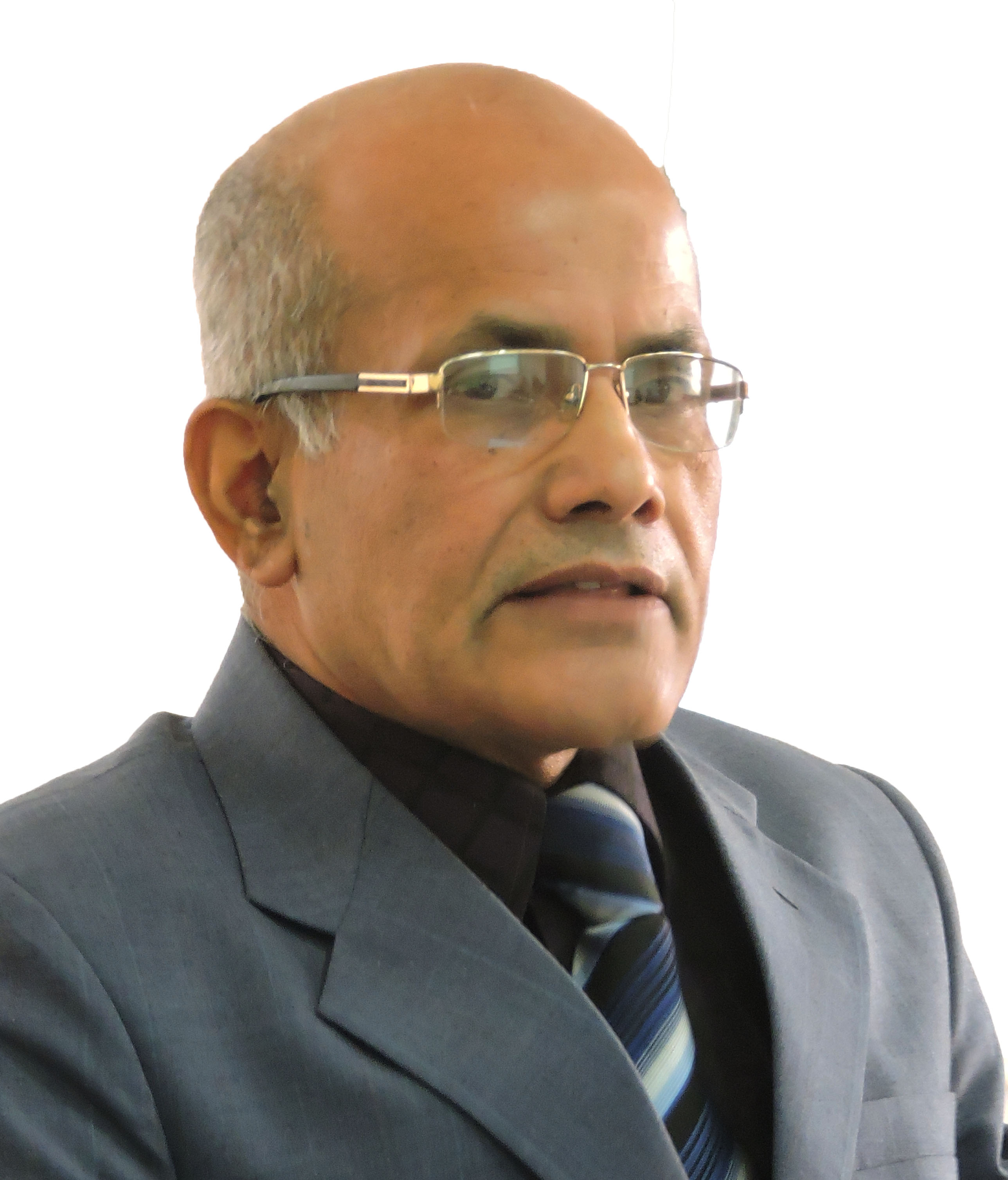
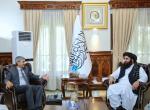

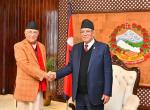
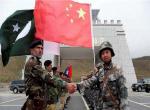

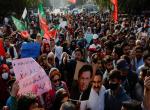
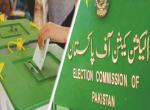
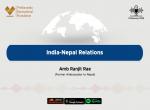
Post new comment